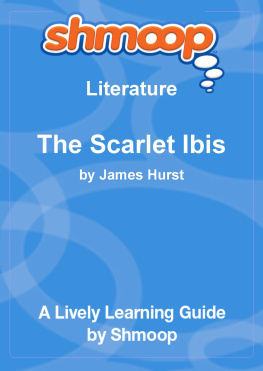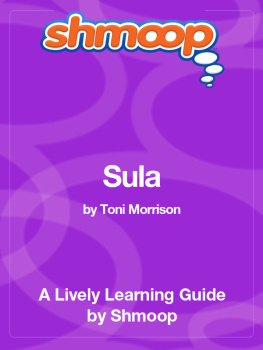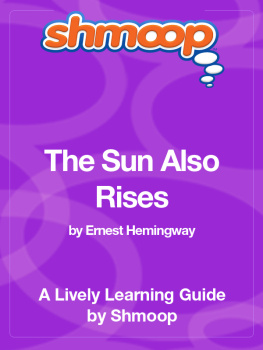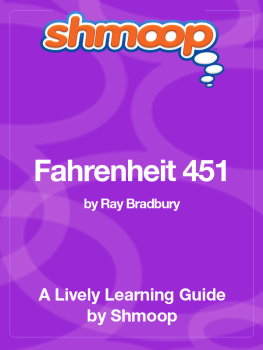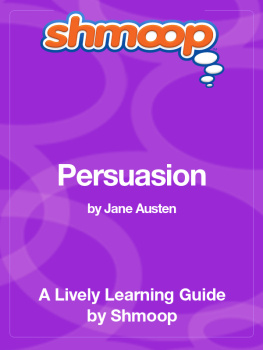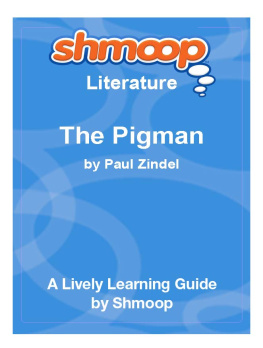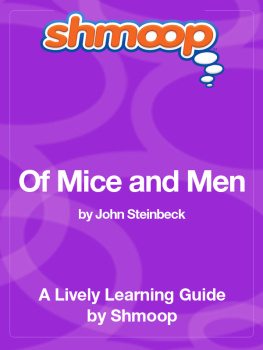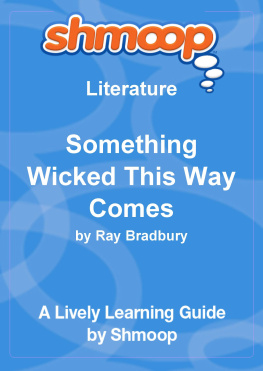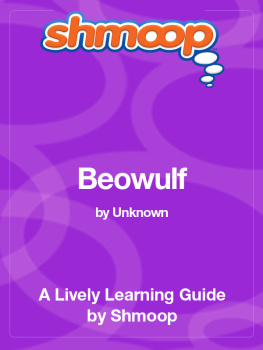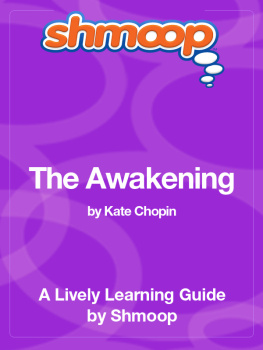
Table of Contents
In a Nutshell/Overview
"The Scarlet Ibis" is a short story by American author James Hurst. It was first published in 1960 in The Atlantic Monthly. After that it found its way into middle and high school anthologies, and is frequently taught today. "The Scarlet Ibis" is a troubling tale of two brothers. One brother, called Doodle, has physical disabilities and serious health problems. The other brother, known only as Brother, is desperate to turn Doodle into a "normal" kid in time to face the harsh world of school.
The interesting thing is that "The Scarlet Ibis" is Hurst's only known work. If you want to read more of his work, you're probably out of luck unless you plan on doing some serious detective work. What's more, Hurst doesn't seem to be well-known for anything else either. So, there is precious little reliable information on him, and not much in the way of critical material available on this story.
The most solid thing we have to go on in terms of biographical information is the brief bio published with this story in The Atlantic. Apparently Hurst first studied chemical engineering, and then later "studied singing at the Julliard School of Music in Rome." Hurst's career as an opera singer didn't pan out and he "settled down as a bank clerk at night and a writer by day."
What he's been doing since then is a big mystery. We don't know for sure if he's dead or alive, or if he is alive, what he's up to now. Mr. Hurst, if you read this, drop us a line, at least just to say "hey." Until then, or until new information emerges, we'll just have to let Hurst remain a mystery man.
Why Should I Care?
Here's a snippet of conversation from "The Scarlet Ibis":
"Do you want to be different from everybody else when you start school?"
"Does it make any difference?"
"It certainly does."
Here, an older brother is coaching his younger brother, who has physical disabilities, on how to fit in while in school. This story raises all sorts of important questions: Why is it that we sometimes fear people who are different? Why do many people think it's so important to fit in? If someone doesn't mind being different, why do we often still pressure them to conform? This story shows that pushing others too hard to fit in can end in tragedy.
What's Up With the Title?
The title,
The Scarlet Ibis, is rather mysterious. It doesn't prepare us for what the story will be about. If we know that a scarlet ibis is a bird, we might have a picture of that in our heads. In any case, unless we've already heard something about the story, we enter with a sense of mystery. As we discuss in "Writing Style" the ibis "frames" the story. In addition to making up the title, it's mentioned in the first and last sentences.
In spite of this, it's obvious that "The Scarlet Ibis" is more about Brother's guilt over Doodle's death than about the ibis itself. Brother uses the death of the ibis as a way to cope with the death of his brother, to deal with the guilt he feels for causing it. So how exactly does this work? Are Doodle and the ibis actually similar? Let's investigate that question.
The scarlet ibis isn't native to North Carolina. As Daddy says after consulting the bird book, "It lives in the tropics - South America to Florida. A storm must have brought it here" (4.29). But, the fact that the ibis is away from its natural home is not what causes its death. It dies because it is injured in a storm. But, there is still a sense that the ibis doesn't
belong in North Carolina, that it is
different from other birds in North Carolina.
Doodle, unlike the ibis, was born in North Carolina. Unlike the ibis, Doodle would be
different no matter where he was born. His physical disabilities make him different from most other kids. Part of this is because Doodle's heart condition isn't understood by the doctor or by his family. It's unlikely that it will be understood by most of the kids Doodle would have met if he'd gone to school.
Unlike the ibis, Doodle doesn't die because he's been in a storm. He overexerts himself rowing, then overexerts himself more by running, and then gets frightened when Brother abandons him in the storm. He is in a storm, but he most likely dies as a result of his heart condition.
In any case, both bird and boy are in storms that contribute to their deaths. Both boy and bird die away from their families. Ironically, the ibis dies surrounded by Doodle's family, but Doodle dies completely alone - his family is nowhere to be seen.
Brother knows the ibis dies because it was caught up in the forces of nature. It's unlikely that a person had anything to do it. Brother also knows that this is
unlike what happened to Doodle. He knows that he put Doodle in the storm, pushed him beyond his endurance level, and then abandoned him. Doodle's death was preventable. That's pretty heavy stuff for a thirteen-year-old to deal with.
When brother sees that Doodle's body is limp, like the ibis's body in death, and that the blood has painted Doodle's neck red, he finds boy and bird physically similar. He says that he was protecting
his "fallen scarlet ibis" (5.51). By connecting Doodle with the ibis, who "even in death" retains its "exotic beauty," Brother can at least pretend that Doodle's death is natural, unavoidable, and even beautiful (4.25). This would sound like a cop-out, but even a quick reading of the text shows that Brother blames himself a little too much for what happened. He needs something, anything, to blunt the guilt that's attacking him. The ibis is what he chooses.
Connecting Doodle with the ibis is also a way to honor Doodle's memory. Doodle is so disturbed by the death of the ibis that he loses his appetite. By burying the ibis, Doodle tries to honor its life. The ritual of burial is his demonstration of reverence for life. As you can see, the ibis isn't a mere "symbol" of Doodle. In fact, there are very few similarities between bird and boy. Rather, the ibis is a way for Brother to cope with the pain and guilt. It's also a way for him to honor Doodle by comparing him to something that Doodle honored.
What's Up With the Ending?
There's no getting around it. The ending of "The Scarlet Ibis" is tragic. It ends with thirteen-year-old Brother "crying" and "sheltering" Doodle's dead body "from the heresy of rain" (4.51).
We combed the Internet for questions readers have about the ending. One of the most popular questions is:
What does "heresy of rain"
mean? We admit it. This is a hard question. "Heresy," in a broad sense, is something that
differs from, challenges, or threatens the popular, or authorized view on a given matter. "Heresy" is most often used in a religious context. We'll give you a famous example.
Maybe you've heard of a fellow called Galileo Galilei (1564-1642). Galileo challenged the belief held by the Roman Catholic Church that the Sun and planets revolved around the earth. The Church felt threatened by Galileo, and accused him of
heresy. He was sentenced to life in prison. Today, though, it's impossible to deny that Galileo was right - the Earth does orbit the Sun, not the other way around.
But Brother isn't saying that any person committed heresy. He's saying that the rain
is heresy. It is the dangerous idea or thought that threatens the norm.
What is the norm, the commonly accepted belief that the rain challenges? Well, the belief that Doodle is alive, that's what. Mama and Daddy certainly assume he's alive. And Brother
can't believe he's dead. He imagines that Doodle is a scarlet ibis to avoid the painful reality (check out "What's Up With the Title?" for more on that). The rain has featured prominently in his description of the scene of Doodle's abandonment. The rain is the witness to the truth. It rains on Doodle, but Doodle doesn't move or resist, which proves he is dead. By letting the rain fall on himself instead of Doodle, Brother can shield the truth, or at least put it off for a moment.

